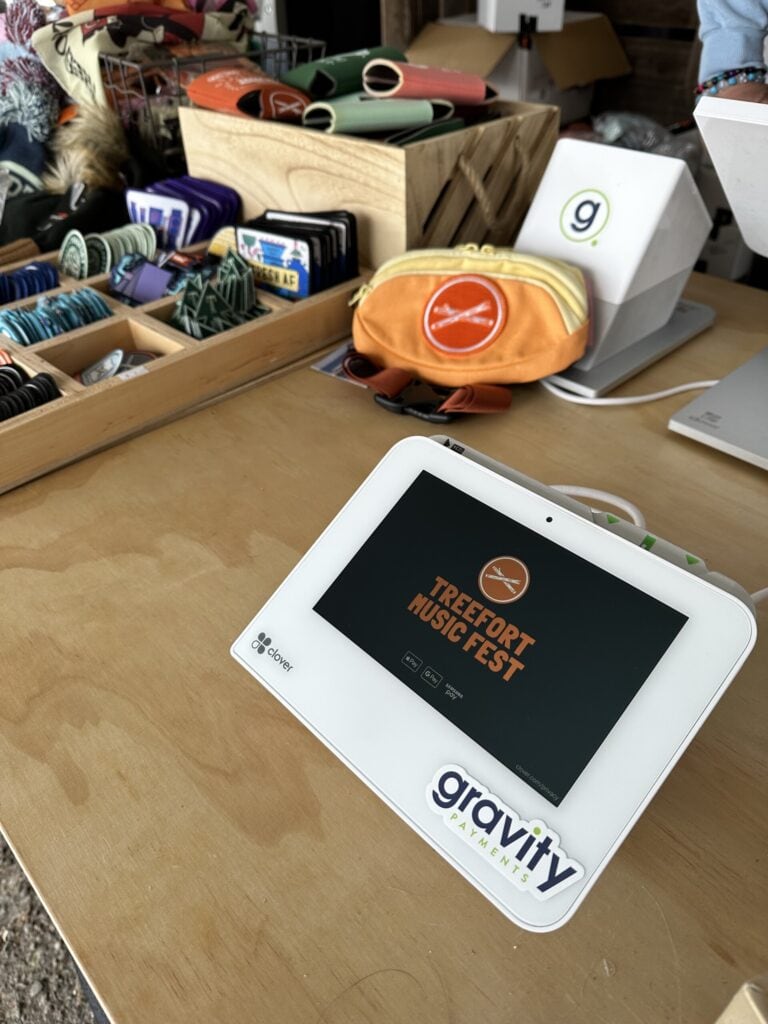This post is a summary of an event put on by Gravity Speaker Series

Dana Pizzuti
On October 4th, transgender rights advocate Dana Pizzuti visited the Gravity Seattle office at the invitation of our diversity and inclusion group, DIG. Dana was in town to discuss her new book Transitioning in the Workplace, which discusses her decision to transition from male (the gender she was assigned at birth) to female and offers advice for trans people who want to do the same. As the title suggests, the book focuses on transitioning at work since doing so presents challenges and considerations unique to the work environment.
Dana began by sharing some of her background. A physician by training, Dana has worked in the biopharmaceutical industry for thirty years. When she realized she was transgender in 2014, she had been with her current company, a Fortune 100 corporation, for eight years as a VP in charge of 400 people spread across thirty countries. Although it was a large, international company headquartered in the progressive Bay Area of California, the company lacked formal policies on transitioning, so Dana realized she was going to need to figure things out for herself. Her book provides the advice she says she wanted when beginning her own journey toward becoming her true self. “I wished I had a road map like this,” she said. “So I figured I’d lay it all out in the book.”
“The important thing to know is that everybody’s transition is different, and you’re all starting at a different place,” Dana said. To help guide people through their personal transitions, Dana explained that there are six dimensions of a trans person’s life you need to consider when deciding whether to transition.
Get the Gravity newsletter for the latest FAQs, tools, tips and tricks
First is your own psychology. “For me, it was like I had completely suppressed [my true gender identity] for years and years,” Dana said after explaining how she realized she was trans only after separating from her wife (with whom she had two grown children) and consulting with a therapist. “And then all of a sudden, boom. The floodgates opened and I realized I needed to do this.”
The second dimension is family. Not only will the news affect your parents and siblings, but if you’re married and a parent, like Dana was, you’ll have to consider how your spouse or children will respond. Dana explained that the relationship with the spouse can “complicate things, particularly if…the spouse is not supportive and is not really helpful in terms of educating children.” She said that children between the ages of five and fifteen are the most sensitive since they’re old enough to be aware of what is happening but young enough to still live at home. “What the spouse says and how the spouse acts significantly influences the transgender person’s experience,”
The next dimension is medical and surgical: do you want to physically transition through the use of hormones, cosmetic surgery, or gender reassignment surgery? Dana advised that the answer should depend “on what you need to do to be your authentic self.” That may require surgical intervention like facial feminization surgery or something less invasive like vocal coaching, both of which Dana had.
The fourth dimension, and the primary subject of Dana’s book, is your work and workplace. Does your company have formal policies on transitioning? How inclusive is your workplace culture? Even though Dana lived in a progressive part of the country, her company (like many companies) lacked formal policies and was characterized by a very traditional, cis-white-male-dominated culture. All of these factors influenced how Dana ultimately announced her transition at work.
The fifth dimension is legal: what are your protections as a trans person under the law? Dana pointed out that in several states, you can still be fired just for being gay, but that some cities have local ordinances that protect you. For instance, in Texas it is still legal to fire someone for their sexual orientation or gender identity, but Austin has local ordinances that protect these workers. Dana hired a lawyer to walk her through her rights, but she referenced several resources, such as the Transgender Law Center, that you can’t afford private attorneys.
The sixth and final dimension is financial. “Do you have the resources to support your transition if insurance doesn’t cover it?” Dana said, explaining that many companies’ insurance policies don’t cover these procedures but that several large companies, such as Starbucks, Amazon, and Facebook, are starting to offer coverage for these areas and that, as awareness increases, more companies are likely to do the same.
But before you consider these questions, Dana said, you first have to figure out whether you want to transition. In Dana’s case, her therapist suggested she spend as much time “as Dana” as she could in order to determine if she was comfortable presenting as female. “On the weekends and any spare time, I was Dana to make sure that was what I wanted to do,” she said. “It became very clear to me very quickly that this was definitely how I finally felt really comfortable. I really felt like myself.”
After about six months, Dana said, “I realized I was living a double life. At work, I was my old self, and then in my spare time, I was who I really was, and it became harder and harder to go back to my old self….I felt like I was cross-dressing at work, not to be Dana.”

The cover of Dana’s book
Not quite ready to fully transition, however, Dana decided to take a couple of small but “radical” steps to feel more like Dana at the office. She got her ears pierced with simple silver studs and started wearing clear nail polish. “To me that was a little bit edging towards who I really was,” she said, “without being too obvious, at least to me.”
Even though the changes were relatively small, people noticed. About a month after Dana pierced her ears, her HR department approached her. They said there was “a lot of talk” at the office about her change in appearance and that, if she needed to wear earrings and nail polish to feel authentic, then “maybe this isn’t the right place for you.” Dana was stunned but she also knew that California law prohibited the company from firing her, so she used this encounter as motivation to move forward with her transition.
While her book outlines a step-by-step process for transitioning at work, Dana pointed to a few key aspects. First, she emphasized the importance of a communication plan. Even if your company has formal HR policies for transitioning, it’s still important to think carefully about how to announce your transition to your colleagues. While you should not compromise on your identity in order to make others feel comfortable, taking time to consider how the news will affect those around you will help ease tension and promote acceptance while making it easier for your colleagues to adjust to your new identity. “They’re my team, and what I’m asking them is to make an adjustment based upon my personal decision,” she said, explaining her thought process. “It’s not really a work decision except to the extent they work for me or I’m responsible for them. I felt that because it was a personal decision, I needed to make a personal communication.”
“Personal,” however, does not necessarily mean in person or one-on-one since, especially in a case like Dana’s, that may not be physically possible. Instead, Dana started by telling her direct reports one-on-one. She then gave them the option of telling their teams directly or having Dana do it for them. When asked to address a few of the teams directly, Dana called a series of meetings with each team, being sure to schedule them close to one another so word didn’t spread before she had a chance to talk to them personally. After some time passed, word started to spread to her European team, so she decided to invite them all to a conference call.
In every instance, the response was overwhelmingly positive and several people thanked her for coming forward. One reason the news was received so well was because Dana had developed a clear list of talking points and a language to use when discussing her transition and identity. “I didn’t say I had a problem or I had an issue or I had a challenge or something that implied a negative thing,” she said. “I said I realized I was transgender and I intended to transition at work. ‘Don’t worry if you use the wrong pronouns or whatever. You’ll get used to it. You’re a great team. Just keep doing your jobs and I know you can do it. And if you want to talk to me privately, I’d be happy to talk to you. Otherwise, if you have any questions, let me know.’” She said she wanted people to know that she was truly happy and excited about the transition, not embarrassed, apologetic, or conflicted.
She also didn’t want her transition to be a distraction because she wanted people to view her as a woman. To do this, Dana says she was careful not to joke about her transition or to talk about it as if it was the elephant in the room. “I never joked about what I was doing because I wanted them to know I’m really serious about it,” she said. “I’m excited, but this is exactly what I need for my identity. So that’s important in terms of what you convey to people.”
Dana also spoke about the experience of giving up her privilege as a cisgender white male. Having spent decades rising up the ranks of an industry that had rewarded certain male traits and behaviors she’d had before her transition, she found she had to adjust her mannerisms and patterns of speech once she was seen as female. “[When] interacting in the office, in a place where men are dominant, how do you insert yourself into a conversation?” she said. “If you have a team meeting, you can’t just speak loud because then it’s not appropriate for women.” The thing about privilege, she said, “is you don’t realize what you have until you give it up.” She spoke about walking into places like car dealerships after she had transitioned and finding she was no longer afforded the same level of respect she’d been given when she presented as male. “When you would walk in [as a male], you would get automatic credibility and authority,” she said. But as a woman? “Didn’t happen. [I was] treated like an idiot.”
While losing–or, in the case of female-to-male transitions, gaining–privilege can be an eye-opening experience, Dana emphasized that she never looked back on her decision. In fact, before she transitioned, Dana had been much more afraid of losing the family, friends, and community she had had as a man. “That’s one of the biggest concerns transpeople have, especially if your marriage broke up or you’re single, ‘Will somebody love me as my new self?’” she said. The answer? Yes. Dana shared how the process of becoming her true self allowed her to meet people–including her current wife–whom she would never have met otherwise and who accept and love her precisely because she is Dana. Her message was reassuring to those who are currently struggling with similar fears. “I realized, hey, being my true self doesn’t mean I’m going to be alone for the rest of my life.”
Dana also offered advice to cisgender allies who want to support their trans colleagues. The first step is for companies to formalize their HR policies to protect and support transgender employees. But, Dana cautioned, such policies only go so far. To truly create a safe space, companies must promote a sense of inclusion, both formally and informally. As an example, Dana pointed to DIG, Gravity’s diversity and inclusion group, and called on more companies to form similar groups. “I think the biggest thing that I would say is to try to just raise awareness,” she said. “Have meetings like this where people can talk with you about issues and just so that the rest of the workforce knows what it’s all about. Then they see transgender people, if you don’t have any, and can ask questions and get comfortable because I think so much of [the uncertainty and discomfort] is just lack of familiarity and a little bit of fear of the unknown.”
She also encouraged cisgender people to create a safe environment for their transgender peers, even if they don’t think they have any. “Even though you may not think that there’s a lot of transpeople in your company, once you announce these kind of things, all of a sudden, people feel safe enough to come out,” she said. “So I think there’s still that perception that some companies, particularly smaller ones, think, ‘We don’t have any transpeople, so why do we need trans policies?’ But you don’t know who you have that might be trans.”
By Brooke Carey, Content Editor
For more on diversity and inclusion at Gravity, check out our Embracing Diversity Series on our blog. Interested in joining our team? Check out our Careers page for the latest opportunities.



